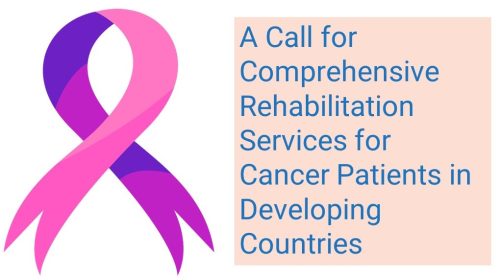In a significant stride towards enhancing global rehabilitation standards, an international collaboration has unveiled the International Classification of Service Organization in Rehabilitation (ICSO-R) 2.0. The revision, a collaborative effort led by the ICSO-R working group of the Standardized Rehabilitation Reporting Subcommittee of the World Health Organization Liaison committee of the International Society of Physical and Rehabilitation Medicine, marks a crucial advancement in the field.
Development Process:
The development of the revised ICSO-R 2.0 involved meticulous testing of its initial version, followed by two discussion rounds facilitated by the ICSO-R working group. International experts also played a pivotal role in refining the classification through a call for corrections. This collaborative approach ensured a comprehensive and diverse perspective in shaping the final version.
Key Changes in ICSO-R 2.0:
The most notable transformation in ICSO-R 2.0 is the consolidation of dimensions. The revised version now comprises two main dimensions – the Provider dimension and the Service delivery dimension, streamlining the previous three. The Funding dimension’s categories from the initial version have been seamlessly integrated into each of these dimensions.
Within the Provider dimension, there are now nine categories, while the Service delivery dimension boasts fourteen categories. Furthermore, seven categories, including governance/leadership, funding of provider, target groups, location of service delivery, setting, rehabilitation team, and funding of service delivery, have seen the addition of subcategories, providing a more detailed and nuanced classification.
Utility and Implications:
The ICSO-R 2.0 is positioned as a vital tool for rehabilitation service organization assessment and implementation projects, offering a standardized framework for reporting contextual influences in clinical trials and various other applications. Its versatility extends to analyzing and comparing the provision of rehabilitation services within health systems and supporting quality management initiatives in rehabilitation services.
Future Considerations:
While the ICSO-R 2.0 marks a significant leap forward, the developers acknowledge that further steps are required. The development of value sets for each (sub)category and additional validation studies are identified as crucial future endeavors to enhance the classification’s robustness and applicability.
Global Impact:
The international collaboration that birthed ICSO-R 2.0 signifies a shared commitment to advancing rehabilitation standards worldwide. By providing a standardized and comprehensive framework, the revised classification is poised to influence not only the assessment and implementation of rehabilitation services but also contribute to the analysis and improvement of global health systems.
Conclusion:
The introduction of ICSO-R 2.0 is a landmark achievement in the realm of rehabilitation service organization standards. This collaborative effort sets the stage for improved assessment methodologies, global comparisons, and enhanced quality management in rehabilitation services. As the classification gains traction, its impact is expected to ripple across the international healthcare landscape, fostering a more unified and effective approach to rehabilitation services.
Reference


